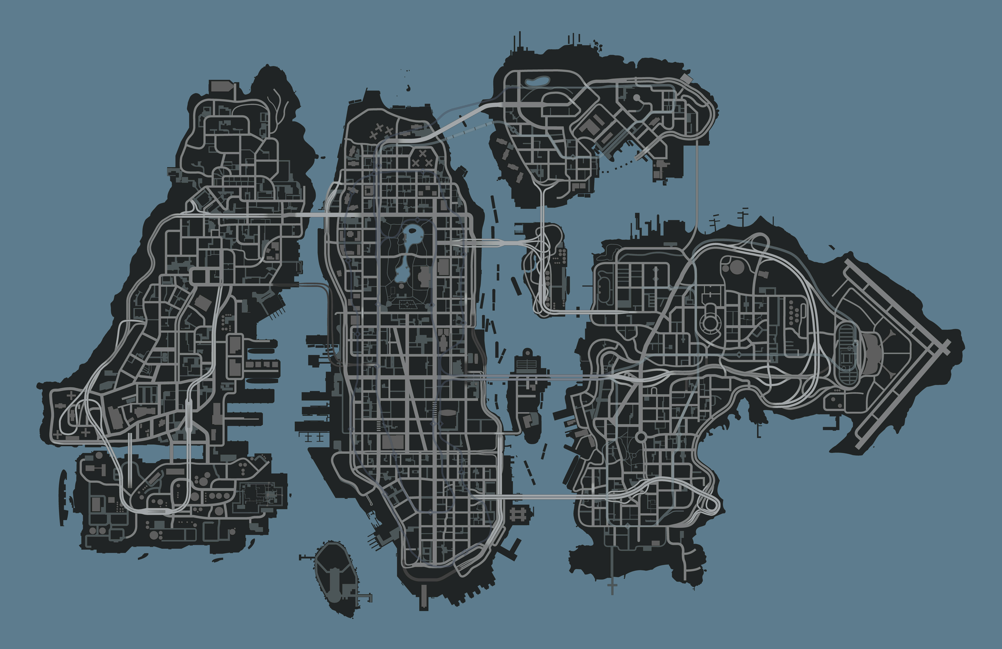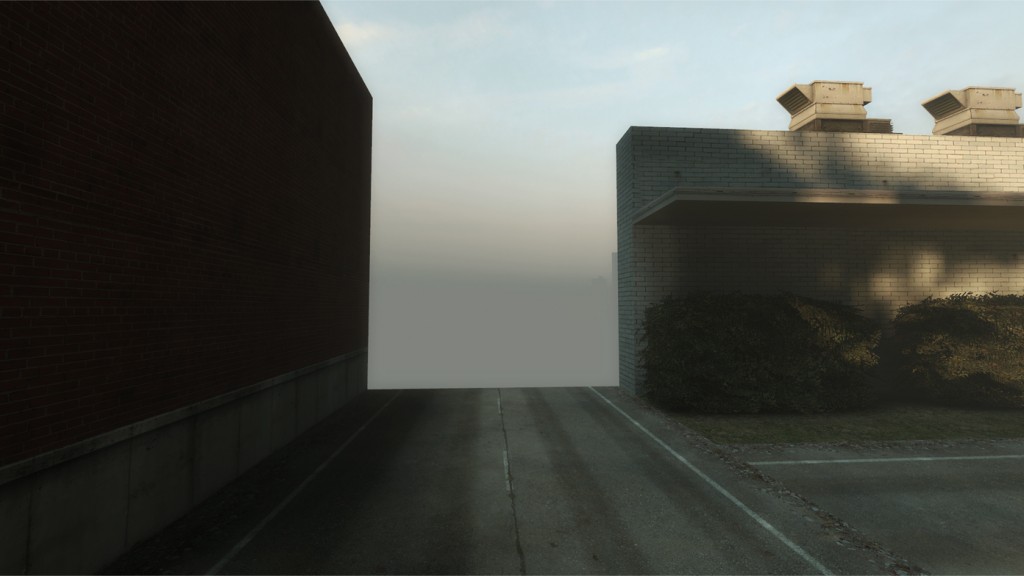On Boundaries
In that Empire, the Art of Cartography attained such Perfection that the map of a single Province occupied the entirety of a City, and the map of the Empire, the entirety of a Province. In time, those Unconscionable Maps no longer satisfied, and the Cartographers Guilds struck a Map of the Empire whose size was that of the Empire, and which coincided point for point with it. The following Generations, who were not so fond of the Study of Cartography as their Forebears had been, saw that that vast map was Useless, and not without some Pitilessness was it, that they delivered it up to the Inclemencies of Sun and Winters. In the Deserts of the West, still today, there are Tattered Ruins of that Map, inhabited by Animals and Beggars; in all the Land there is no other Relic of the Disciplines of Geography.
-Jorge Luis Borges’s “On Exactitude in Science”
Digital territories are similar to maps. They do attempt to model a piece of reality, to simulate familiar features of a territory.
Vice City and San Andreas are trying to capture the look and feel of New York and Los Angeles without recreating them street by street.
Digital territories have boundaries too.
They are fascinating places.
Virtual photographer Robert William Overweg made a series of surreal landscapes called the end of the virtual world documenting the boundaries of designed territories.
Even procedurally generated worlds like Minecraft are not really infinite.
According to the developers “there’s no hard limit in Minecraft, it will just get buggier and buggier the further our you are” (I presume that’s due to the limits of the floating point variables used to generate the worlds).
To verify the claim, Minecraft aficionado Kurt J. Mac is on an epic journey to explore these mythical “far lands”.
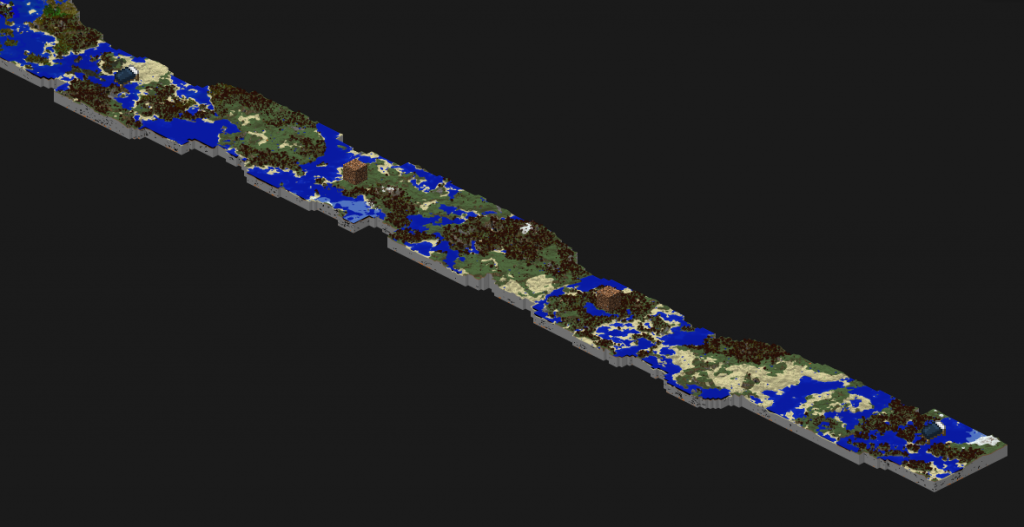
We are all familiar with the notion of invisible wall in games.
we all tried at some point in time to get into an area that was not just blocked but simply not designed. Doors that don’t open, inaccessible forests, very steep cliffs, invincible bedrocks, suspicious roadblocks, and so on…
The art of level design includes the ability to disguise these boundaries, to divert the player’s attention away from these unsettling edges.
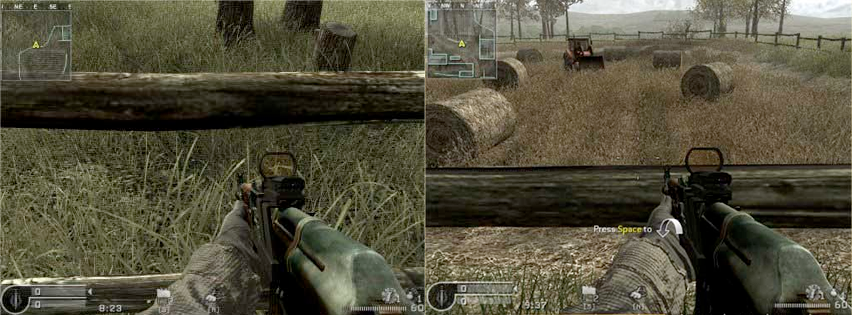
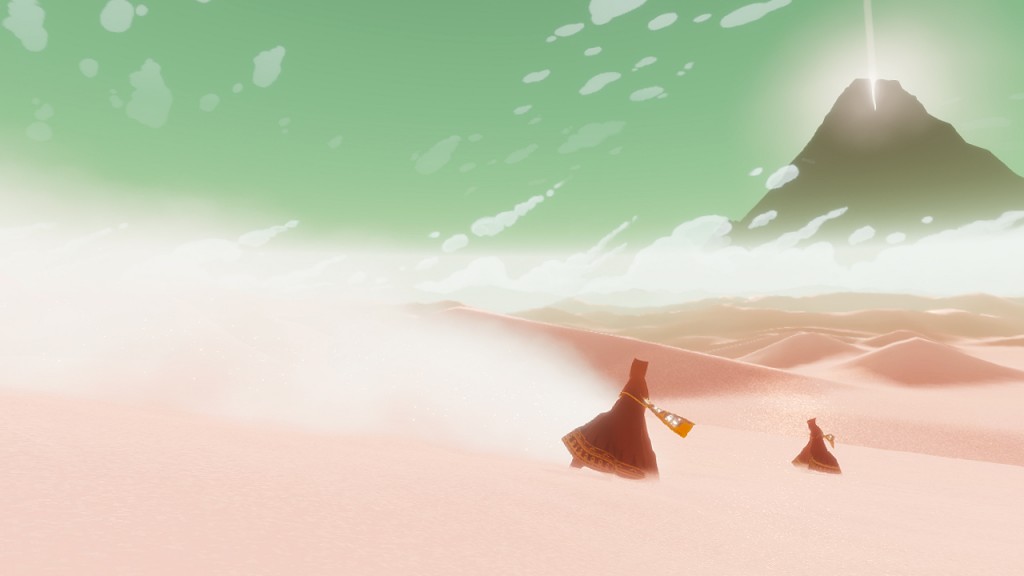
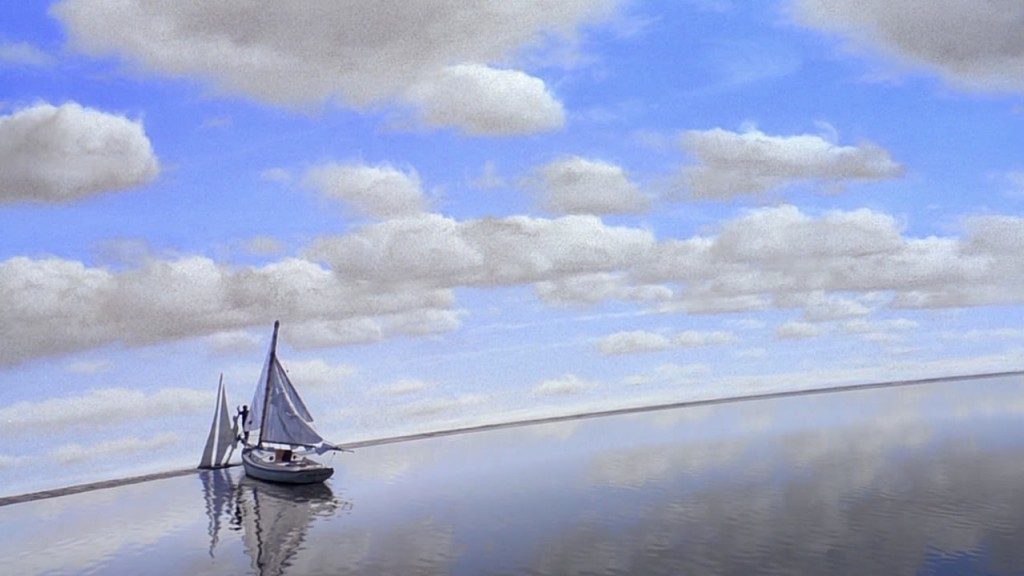
Can you think of other examples of invisible walls?
Exploring the system’s boundaries
Beyond the spatial dimension, on a more conceptual level, games have boundaries too.
Games can be seen as cognitive maps. What they simulate is limited both in scope and quality. We want to display only certain kinds of isomorphisms with actual systems and phenomena.
A critical and subversive player may attempt to probe these boundaries.
Counter Strike surfing
Prepared playstation by RSG
Breaking Madden
Magnasanti
Cheating – Gold Farming
No wrong way to play
House rules

Misplaying a game blurs the boundary between player and designer
A common type of subversive play are house rules
Players have always fixed, customized, modded games
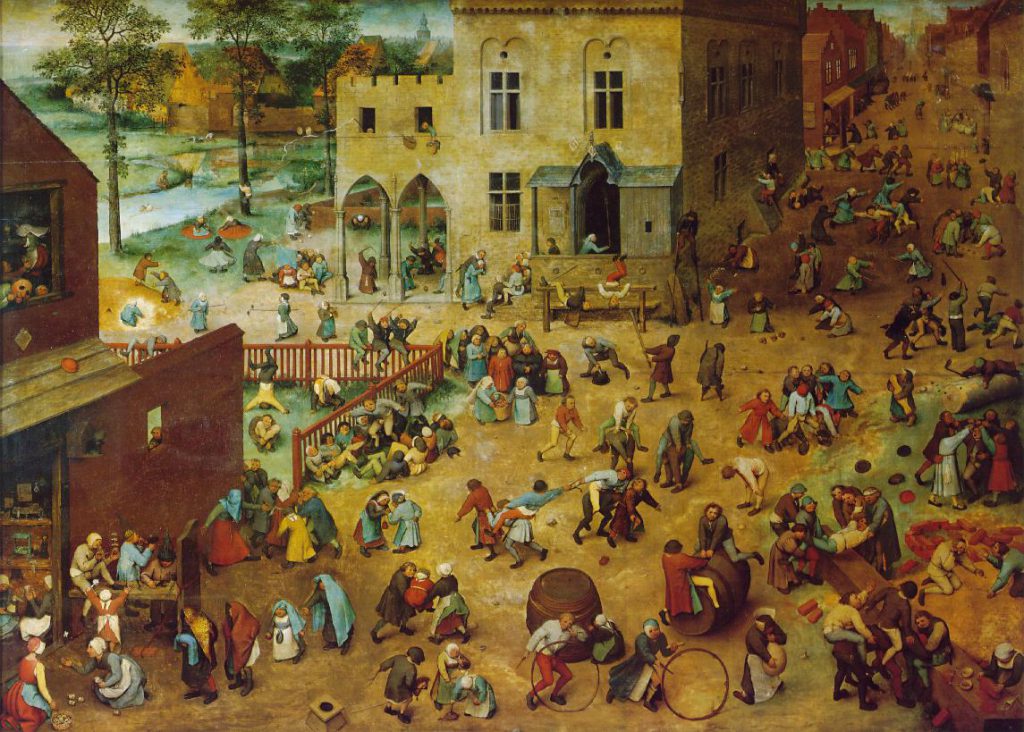
Game performances and disruptive play
Designing for subversive play, implementing unenforceable rules
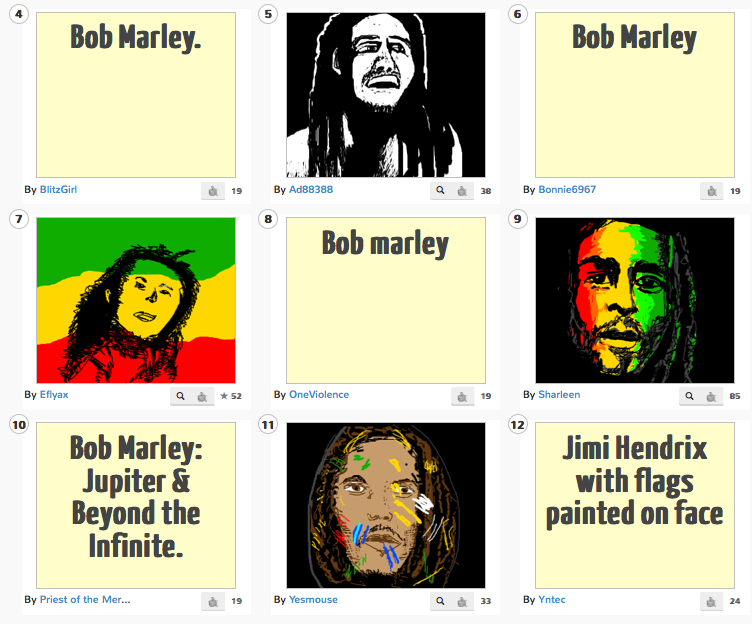
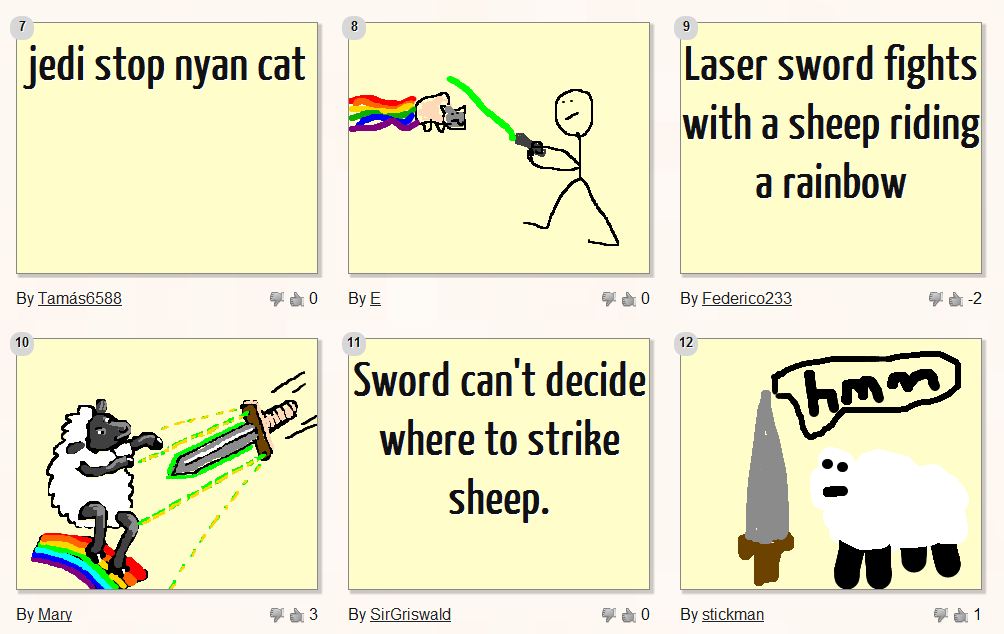
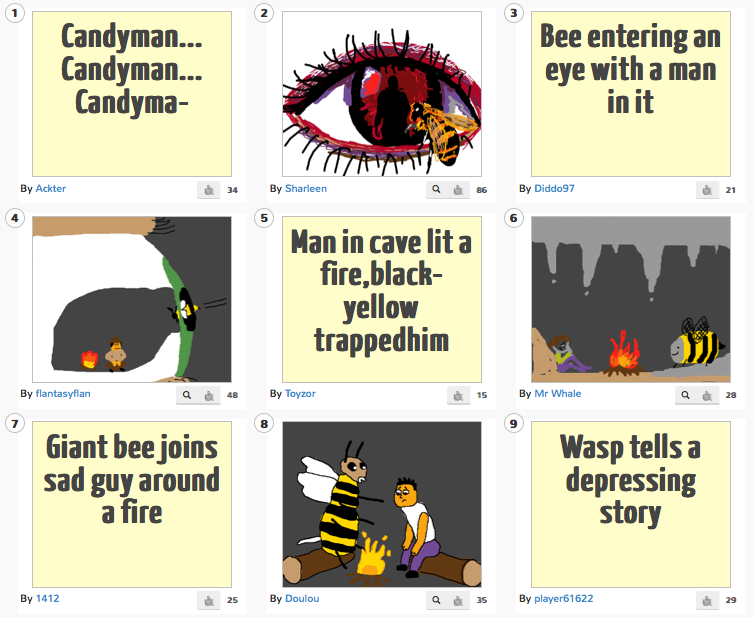
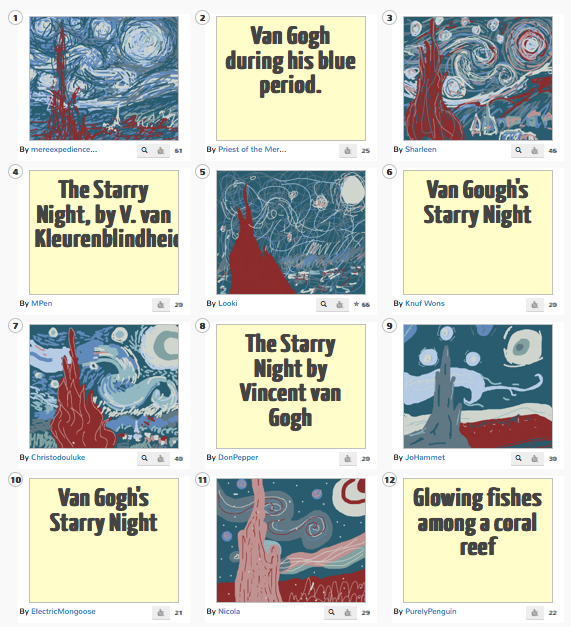
Playtime
Chicanery, Space Team and JS Joust

